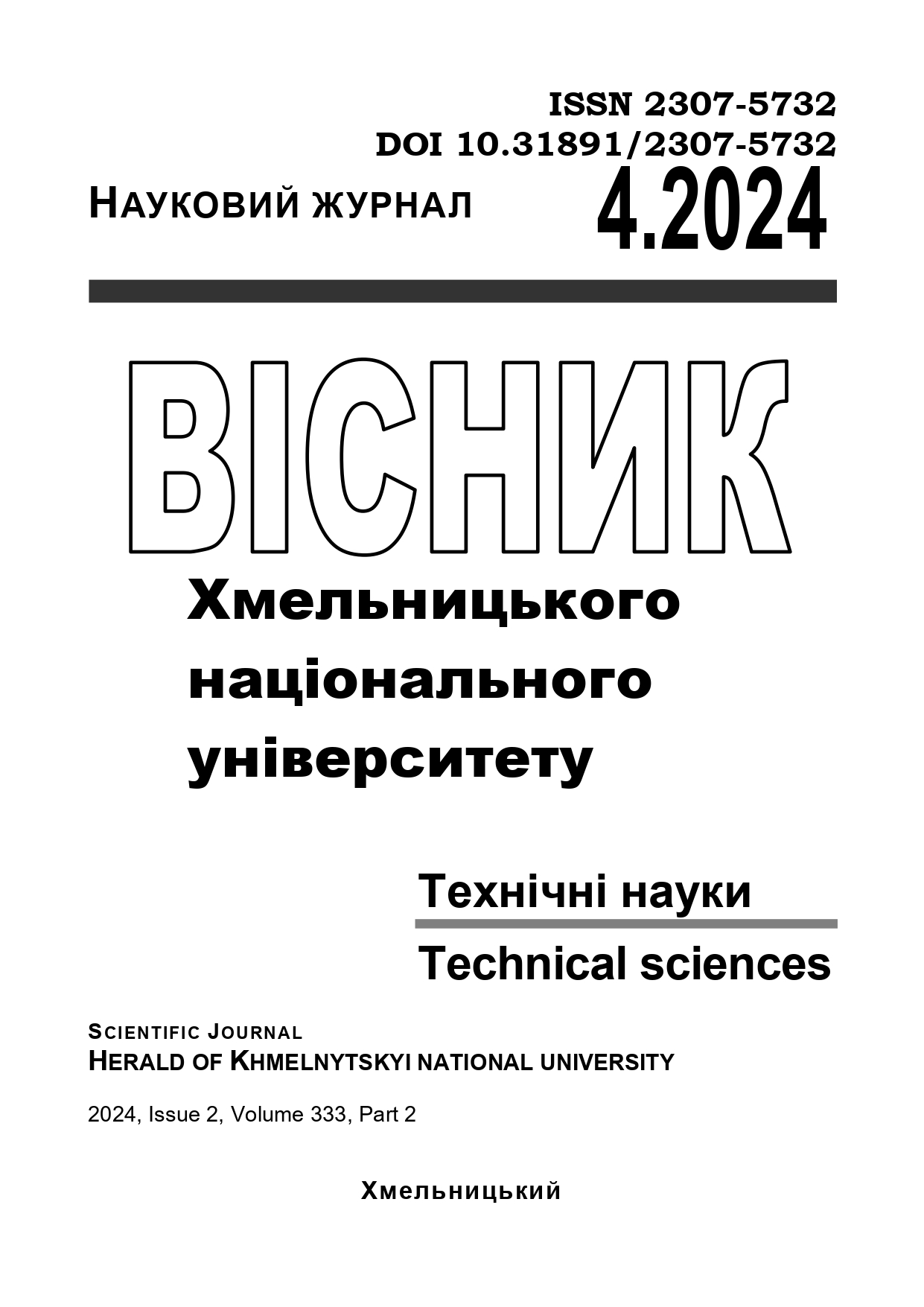REVIEW OF METHODS AND TOOLS FOR OPTIMIZING RESOURCE UTILIZATION IN A KUBERNETES CLUSTER
DOI:
https://doi.org/10.31891/2307-5732-2024-339-4-43Keywords:
kubernetes, distributed systems, resource optimization, machine learning, scheduling and scaling, architectural solutionsAbstract
In today's world, containerization has become an integral part of IT infrastructure management, with Kubernetes playing a key role in this evolution. However, optimizing resource usage in a Kubernetes cluster remains a crucial task for improving efficiency and reducing costs. This review article is dedicated to analyzing modern methods and tools for optimizing resources in Kubernetes, which are conventionally divided into three main areas: machine learning, scheduling and scaling, and architectural solutions.
The first part of the article covers machine learning-based methods, which are becoming increasingly popular due to their ability to analyze large volumes of data and predict resource needs. The article examines algorithms used for load prediction and resource allocation optimization. Approaches based on deep learning, neural networks, and other techniques that enhance the efficiency of computing power usage are discussed.
The second part focuses on scheduling and scaling methods, which include optimizing task scheduling and managing container autoscaling. Attention is given to mechanisms such as horizontal and vertical scaling, resource management through custom Kubernetes schedulers, and the use of Quality of Service (QoS) policies to ensure the stable operation of critical applications. Tools and extensions that improve cluster performance and reliability are also considered.
The third part is devoted to architectural solutions, which include optimizing infrastructure and cluster configuration for more efficient resource usage. Approaches to load balancing, the use of different types of nodes, changes in scheduling consensus, and integration with cloud services for dynamic resource management are discussed. Attention is also given to security and reliability aspects, which are critical for maintaining stable cluster operation.
In the fourth chapter, a comparative analysis of the main methods is carried out, considering the defined criteria: versatility, the absence of the need for deep configuration, and the presence of analytical tools. This analysis allows for identifying the advantages and disadvantages of each method, making it useful for selecting the most suitable approach for specific tasks. The primary focus is on how easily the methods adapt to different conditions and how effectively they can ensure resource optimization without significant configuration efforts.
Based on the analysis of current research, the article concludes that a comprehensive approach, combining machine learning methods, effective planning and scaling, and well-thought-out architectural solutions, allows for higher resource optimization in a Kubernetes cluster. With the use of analytical tools, this metric can be further improved. This review provides an understanding that research in the field of resource optimization methods in Kubernetes clusters is promising and important.

